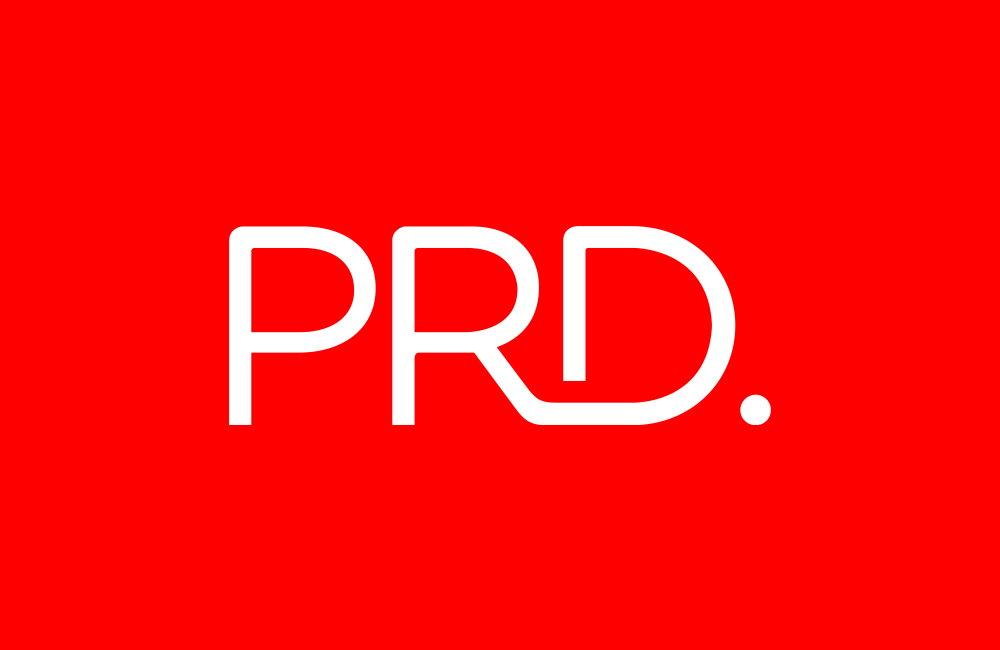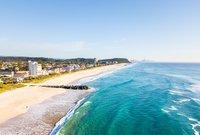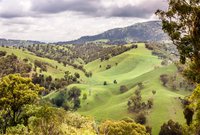Dalby Property Watch Q1 2012
The regional town of Dalby is located at the junction of the Warrego, Moonie and Bunya Highways. It has a diverse economy which is notable for its rich grain and cotton industry and is also the site for the first dry mill grain-to-ethanol plant in Australia, at an estimated cost of $550 million. With high population growth at a rate of 2.3 per cent over the June 2010 year, Dalby is a town that has seen significant expansion over the past few years. Until recently, the Dalby house market has experienced a consistent level of sales activity, averaging 126 sales ...
The regional town of Dalby is located at the junction of the Warrego, Moonie and Bunya Highways. It has a diverse economy which is notable for its rich grain and cotton industry and is also the site for the first dry mill grain-to-ethanol plant in Australia, at an estimated cost of $550 million. With high population growth at a rate of 2.3 per cent over the June 2010 year, Dalby is a town that has seen significant expansion over the past few years.
Until recently, the Dalby house market has experienced a consistent level of sales activity, averaging 126 sales per half year period, over the past 20 years. However, contrary to most costal markets that was fuelled in 2009 by low interest rates and government stimulus spending, the Dalby house market retracted considerably. During the first half of 2011 only 56 settled house sales were recorded, equating to the smallest amount transacted in Dalby over the past decade. This equates to a fall of 50 per cent from a peak experienced two years prior. A large reason for the rapid decline in activity was the Queensland floods of early 2011, which inundated Dalby three times. The second half of 2011 observed two consecutive cuts to interest rates, making home loans more affordable. This assisted in renewed buyer confidence, as resulted in activity increasing at the end of 2011. The second half of 2011 experienced an increase of 55.6 per cent in house sales, to register 98 for the period. Early indications have activity quieting down over the festive season, with a likely slow start to 2012.
After reaching a peak in the second half of 2009 at $297,500, the median price subsided to $275,000 in June 2011, equating to a decrease of eight per cent. However, the longer term trend has seen the median price increase at 13.3 per cent per annum over the past ten years. The second half of 2011 has seen the median price correct its temporary fall, with a small increase of one per cent in six months ($3,250) to register $278,250. When observing price points for the second half of 2011, it can be determined that the market is fairly balanced, with 20 per cent of sales occurring below $200,000, while at the top end of the market four per cent of the total transactions took place in the $500,000 plus bracket. The slightly majority occurred within the $250,000 to $299,999 bracket, at 21 per cent of total sales. Compared to the previous year, this price bracket has doubled in size, while affordable stock of under $200,000 has also increased significantly (by 138 per cent) in the quantity of transactions.
A resales analysis was undertaken in order to provide a fair indication of the Dalby house market by establishing the true value and returns through investment. Analysis was undertaken into holding periods and returns achieved on all houses held for longer than a twelve month period before being resold into the market and therefore reliably recognising the real returns made by real estate investors. While the median price for Dalby has recently declined, capital growth has been positive, achieving an average increase of 12.9 per cent per annum during the past ten years. As can be seen by the Average Annual Capital Growth graph, Dalby has recognised strong returns for house purchasers, reaching a peak during 2005. Although the recent trend for capital growth has subsided, (as shown in the graph) it remains positive and is a good sign for the market when considering the recent global economic turmoil.
DALBY VACANT LAND MARKET
Similar to the house market, the Dalby vacant land market experienced a significant decline in activity over 2010 and 2011, with activity decreasing from peak to trough by 89.6 per cent. While the December 2011 six month period registered an improved 37 sales, up from 16, it still represents a significant decline from two years prior and well below the ten year average of 53 sales per six month period. The median price for vacant land in Dalby reflects a town that is growing at speed, where demand has outpaced supply. This is observed when looking at the Vacant Land Sales Cycle, that displays an average growth rate of 19.2 per cent per annum, over the past ten years. For the second half of 2011, the vacant land median registered a final price of $130,000, equating to an annual growth of 18.2 per cent. The vast majority of vacant land sales took place in the $100,000 to $150,000 price bracket, with 83.8 per cent of the total. Over the second half of 2011, the average block of land sold was approximately 3,473 square metres, with an average price of $118 per square metre. This is significantly more, at 51 per cent, than the previous years average of $78 per square metre.
Until recently, the Dalby house market has experienced a consistent level of sales activity, averaging 126 sales per half year period, over the past 20 years. However, contrary to most costal markets that was fuelled in 2009 by low interest rates and government stimulus spending, the Dalby house market retracted considerably. During the first half of 2011 only 56 settled house sales were recorded, equating to the smallest amount transacted in Dalby over the past decade. This equates to a fall of 50 per cent from a peak experienced two years prior. A large reason for the rapid decline in activity was the Queensland floods of early 2011, which inundated Dalby three times. The second half of 2011 observed two consecutive cuts to interest rates, making home loans more affordable. This assisted in renewed buyer confidence, as resulted in activity increasing at the end of 2011. The second half of 2011 experienced an increase of 55.6 per cent in house sales, to register 98 for the period. Early indications have activity quieting down over the festive season, with a likely slow start to 2012.
After reaching a peak in the second half of 2009 at $297,500, the median price subsided to $275,000 in June 2011, equating to a decrease of eight per cent. However, the longer term trend has seen the median price increase at 13.3 per cent per annum over the past ten years. The second half of 2011 has seen the median price correct its temporary fall, with a small increase of one per cent in six months ($3,250) to register $278,250. When observing price points for the second half of 2011, it can be determined that the market is fairly balanced, with 20 per cent of sales occurring below $200,000, while at the top end of the market four per cent of the total transactions took place in the $500,000 plus bracket. The slightly majority occurred within the $250,000 to $299,999 bracket, at 21 per cent of total sales. Compared to the previous year, this price bracket has doubled in size, while affordable stock of under $200,000 has also increased significantly (by 138 per cent) in the quantity of transactions.
A resales analysis was undertaken in order to provide a fair indication of the Dalby house market by establishing the true value and returns through investment. Analysis was undertaken into holding periods and returns achieved on all houses held for longer than a twelve month period before being resold into the market and therefore reliably recognising the real returns made by real estate investors. While the median price for Dalby has recently declined, capital growth has been positive, achieving an average increase of 12.9 per cent per annum during the past ten years. As can be seen by the Average Annual Capital Growth graph, Dalby has recognised strong returns for house purchasers, reaching a peak during 2005. Although the recent trend for capital growth has subsided, (as shown in the graph) it remains positive and is a good sign for the market when considering the recent global economic turmoil.
DALBY VACANT LAND MARKET
Similar to the house market, the Dalby vacant land market experienced a significant decline in activity over 2010 and 2011, with activity decreasing from peak to trough by 89.6 per cent. While the December 2011 six month period registered an improved 37 sales, up from 16, it still represents a significant decline from two years prior and well below the ten year average of 53 sales per six month period. The median price for vacant land in Dalby reflects a town that is growing at speed, where demand has outpaced supply. This is observed when looking at the Vacant Land Sales Cycle, that displays an average growth rate of 19.2 per cent per annum, over the past ten years. For the second half of 2011, the vacant land median registered a final price of $130,000, equating to an annual growth of 18.2 per cent. The vast majority of vacant land sales took place in the $100,000 to $150,000 price bracket, with 83.8 per cent of the total. Over the second half of 2011, the average block of land sold was approximately 3,473 square metres, with an average price of $118 per square metre. This is significantly more, at 51 per cent, than the previous years average of $78 per square metre.





